As part of the third photography assignment to copy one photograph from a list of photographers from the first 150 years of photography, I wanted to copy Harold Edgerton’s Milk Drop. This was created using strobe lighting in a darkened room and allowing the film to run through the camera such like a motion picture camera would. This allowed the camera to capture the motion of the milk as it fell through the air and created a splash.
I used Meshmixer, a 3D design tool. I was new to this software, but had to pick it up very quickly to design the milk drop in time to finish my project. I consulted those in the art department that had previously used the programme, and YouTube, for useful videos to help me on this. Instead of producing a design from scratch, I manipulated a design that I found on thingiverse, which I believe made the project easier. I managed to gain a final design by continually looking at the milk drop and aiming to gain the same angles.
The final design was then saved and dragged into Cura, a software I have previously used for 3D printing. The print measuring 10cm would take around five and a half hours. Unfortunately, when I went to collect my print, I found that the 3D printer had struggled, or had simply not printed the top layers where the spheres were. I consulted the technicians in the department, and we decided that I could either use clay, glue gun or a self-hardening putty. I first tried clay, however this kept falling off and extra adhesive wouldn’t stick to the clay itself. I then decided to experiment with a glue gun. This stuck to the plastic very well, and I was able to manipulate the glue in such a way that it looked like the 3D print that I had designed.
The print and glue was then painted with household high gloss paint and once it had dried, was used in the lighting studio for the photography element of the project. Although several things had gone wrong as part of this process, I felt like this was still a good choice of process and material for the object, bringing something new and something old together.


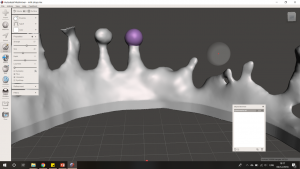
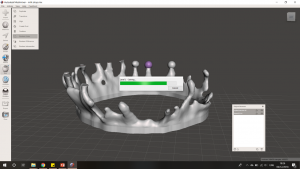
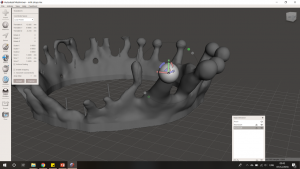
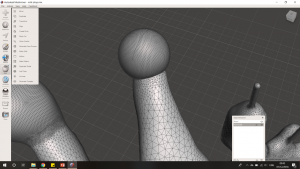

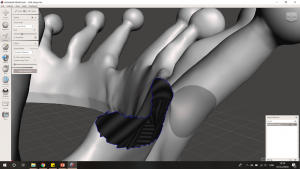
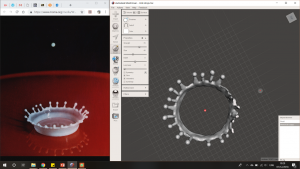
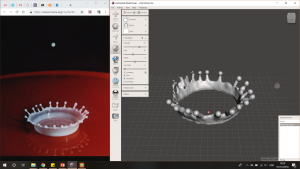
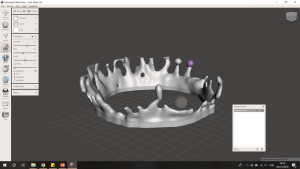
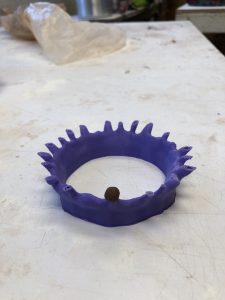
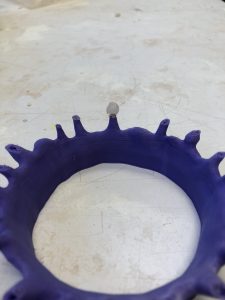

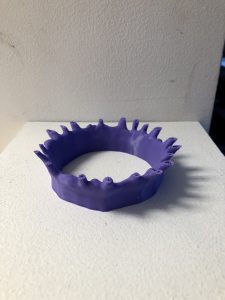
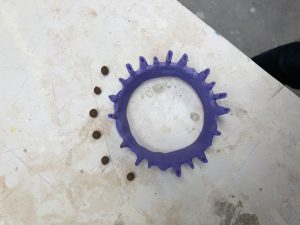
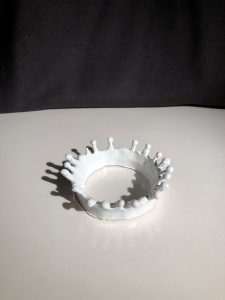
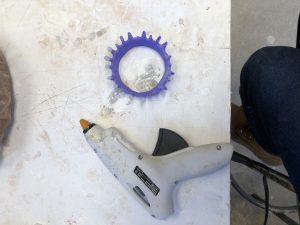
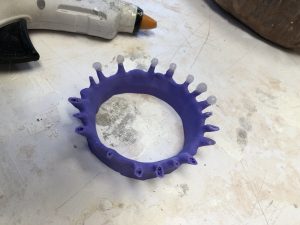
Leave a Reply